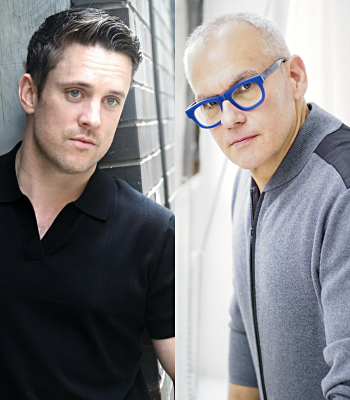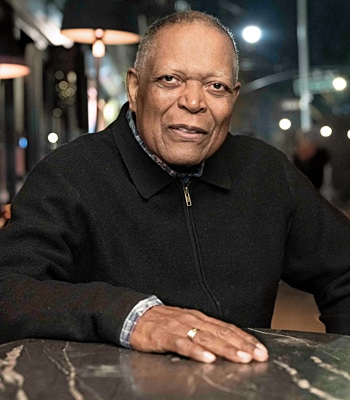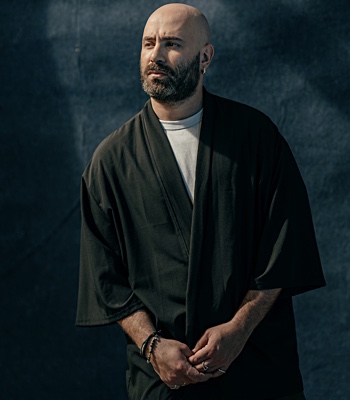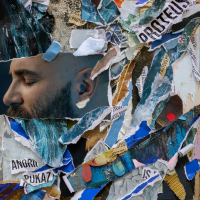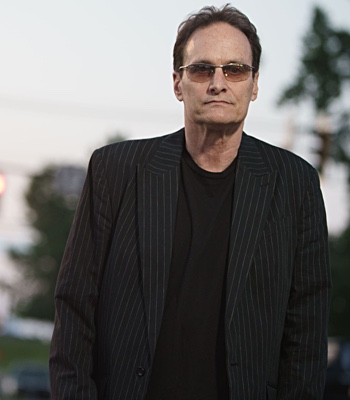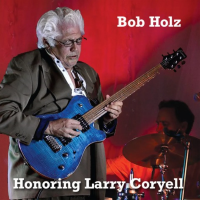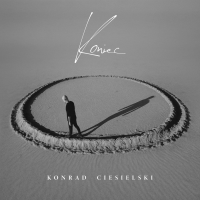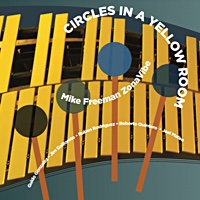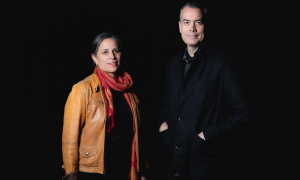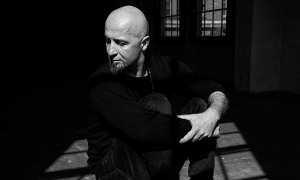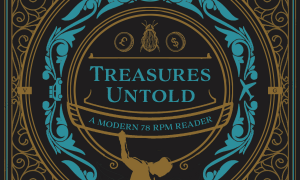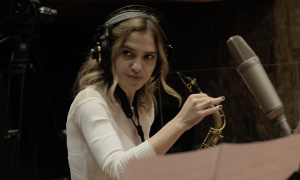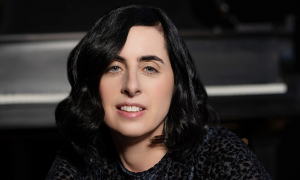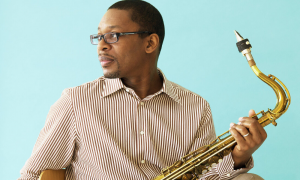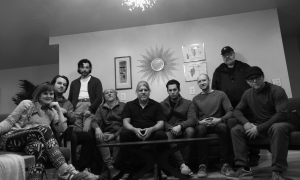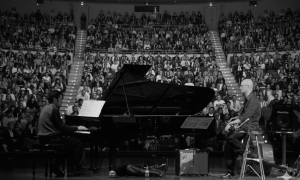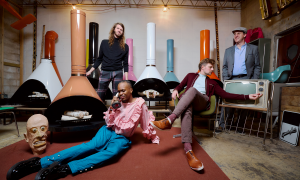
Like the new glass-and-steel architecture being conceived in the early 1950s, Jamal's approach was about light, transparency and the esthetics of simplicity. From his first trio recordings in 1951 for Okeh, Jamal exhibited a minimalist approach with hands that tickled the keys rather than beat them into submission. By his Chamber Music of the New Jazz in 1952, Jamal was fast becoming as famous for the notes he didn't play as the ones he did. Jamal's gift was the import of suggestion. Jamal purposefully left out notes under the assumption that listeners were sophisticated enough to hear what wasn't there. Or he'd drop out momentarily so you could hear the snap of Vernel Fournier's brushes on the snare or the pulse of Israel Crosby's bass.
Interestingly, Jamal played the way Frank Sinatra would sing a short time later at Capitol, swinging behind and in front of the beat, adding only what was needed and nothing more to engage the listener. Miles Davis picked up on Jamal's quiet intensity. By listening intently to Jamal and understanding fully the impact of what he was creating, Davis altered his own way of playing, allowing for air and space to boost the music's tension and drama. Davis eventually hired Red Garland to mirror Jamal's sound and phrasing.
Jamal's greatest period was between 1956 and 1962—years in which he recorded 12 albums, many of them live club sessions. Mosaic has just assembled all of these albums in a nine-CD box set The Complete Ahmad Jamal Trio Argo Sessions 1956-62. The remastered sound quality and music taken as a whole is as emotionally rewarding as rediscovering a virgin waterfall in a forest. To listen to these recordings in chronological order brings a new and finer appreciation of Jamal (and the trio sound) and how much he transformed jazz and influenced a generation of pianists.
Like you, I've owned a number of these Jamal recordings individually. But they've always existed for me as separate planets. What you have in this box set is the entire Jamal solar system, and the remastering and in-depth liner notes by drummer Kenny Washington are passionate and comprehensive. Listening to the recordings one after the next makes the 136 tracks seem like one long Jamal album, especially if you import them into iTunes. Each tune is more provoking and seductive than the next, and the set is seamless. Best of all, Jamal's sound echoes in your head long after the music is off.
Highlights include 23 previously unissued tracks. There also are dozens of standards that are given the Jamal touch. These include Gal in Calico (from Portfolio of Ahmad Jamal), It's You Or No One (from Live at Alhambra), Falling in Love With Love (from At the Blackhawk) and What Is This Thing Called Love, in which Jamal moves along as quiet as a mouse, only to erupt suddenly in a series of Gatling gun chords. Also included is Ahmad Jamal at the Penthouse, a delicate trio-and-strings date.
One of the big revelations for me during this fresh journey through Jamal's Argo works was just how fascinating and remarkable a drummer Vernel Fournier was. His commanding use of the brushes was truly unparalleled and his sound provided a perfect frame for Jamal's swinging lyricism. Fournier was firm but always breathy, his wire wisps hitting the drums like the determined swish of a horse's tail.
I remember seeing Fournier in 1986, at Barry Harris' Jazz Cultural Theater in New York. He was accompanying pianist Chris Anderson, with Victor Sproles on bass (Lodi Carr was singing, if I recall). On a break I went over to introduce myself but there were too many people milling about, making it difficult to get through and past the tables and chairs. For a moment, the small crowd parted slightly and I caught sight of Fournier sitting at his drums fixing one of the heads. He looked up at me and I looked at him. I simply pointed at him and mouthed, “The Pershing." At which point Fournier, without changing his inviting expression, responded by hitting his snare and cymbal with his brushes the way he did on those live Ahmad Jamal albums. Fournier was all class.
JazzWax tracks: The Complete Ahmad Jamal Trio Argo Sessions 1956-62 (Mosaic) features nine CDs, a 24-page booklet with photos and discography. The limited-edition box can be found here.
JazzWax clip: Dig this clip of the Ahmad Jamal Trio from Jazz From Studio 61. That's a nodding and bearded Nat Hentoff, along with Hank Jones, Ben Webster, Jo Jones, George Duvivier and others standing around in the studio in wide-eyed disbelief...
This story appears courtesy of JazzWax by Marc Myers.
Copyright © 2025. All rights reserved.



